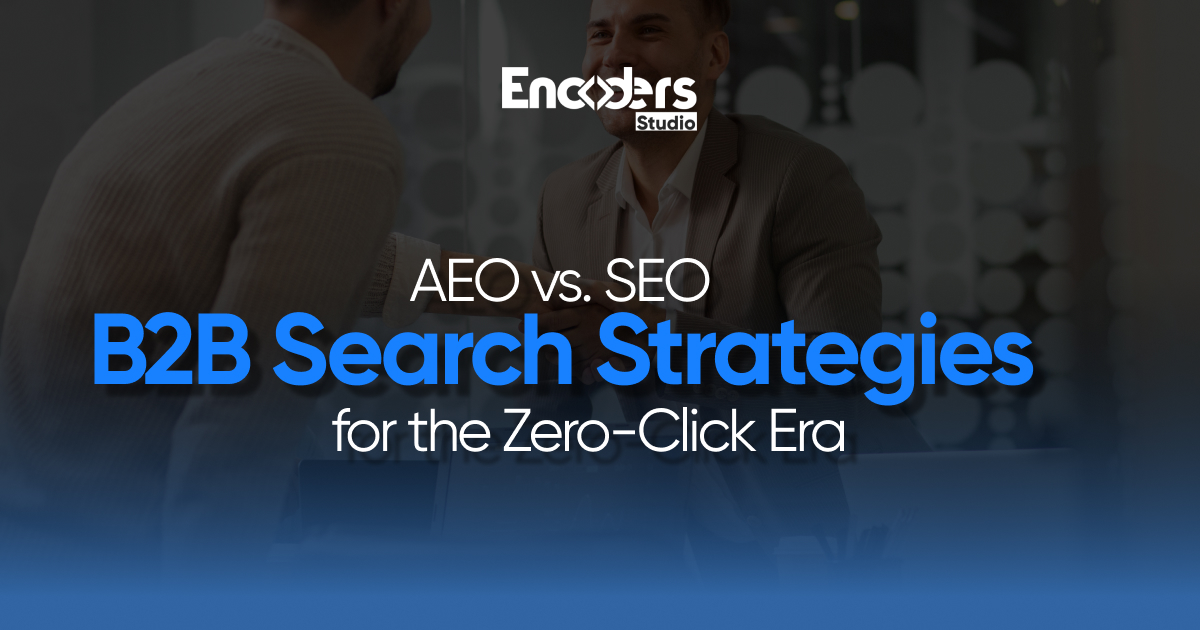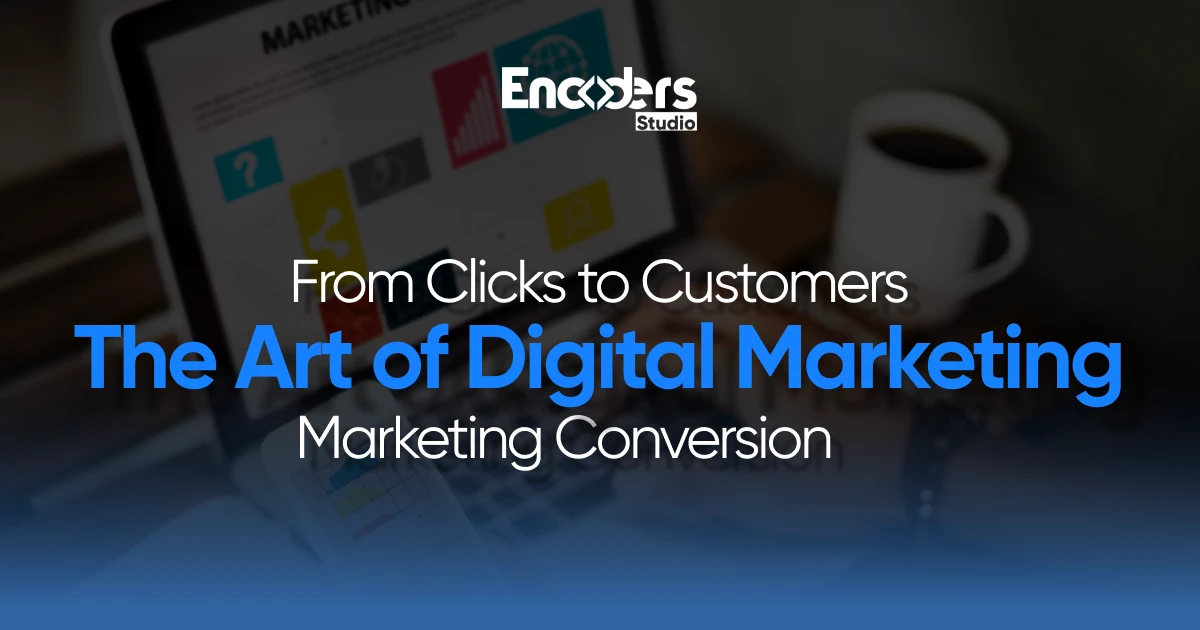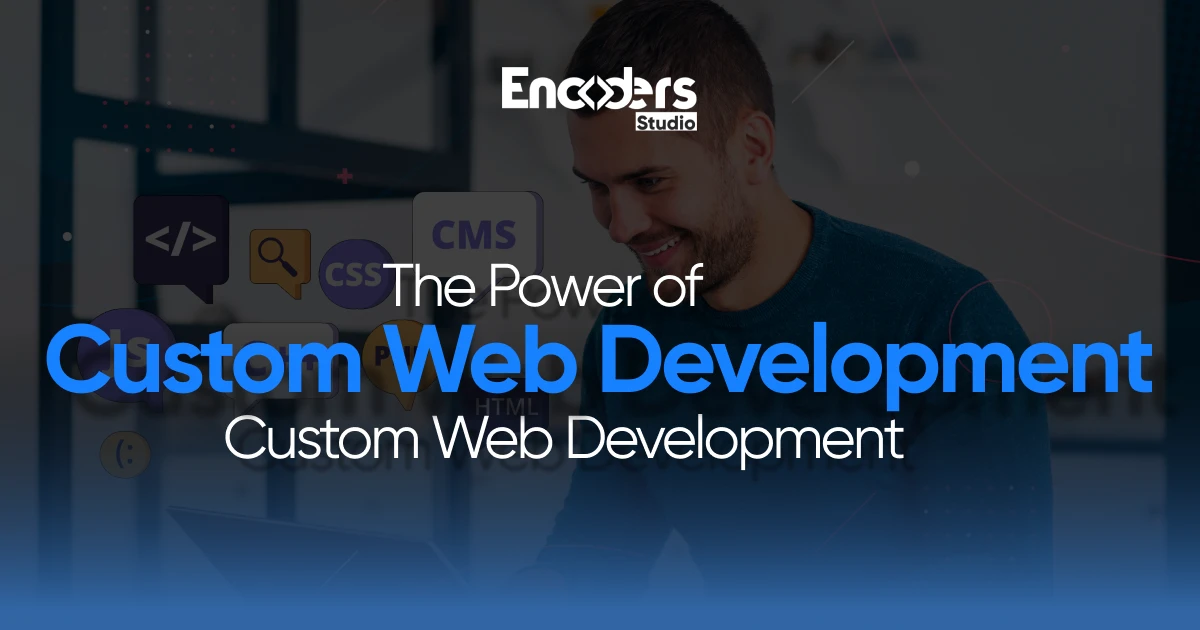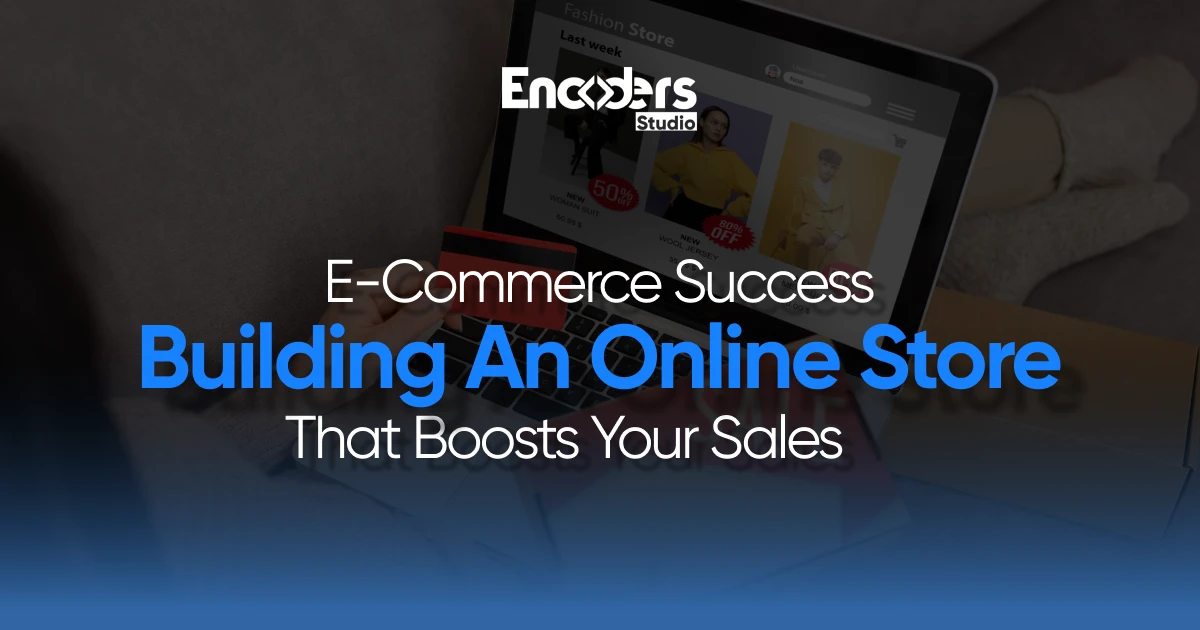[TL;DR]
The zero-click search revolution is transforming B2B marketing, with 58.5% of searches ending without clicks in 2024. This comprehensive guide compares traditional SEO with Answer Engine Optimization (AEO), explaining how B2B brands must adapt their strategies for featured snippets, AI overviews, and voice search results.
Key topics covered:
- Zero-click search statistics and B2B buyer behavior changes
- SEO vs AEO definitions, differences, and integration strategies
- Core AEO tactics: structured data, question optimization, and mobile-first content
- Measuring success beyond clicks with new metrics and attribution models
- Real-world case studies and future-proofing recommendations
- Actionable implementation checklist for immediate and long-term results
B2B search marketing faces its biggest disruption since Google’s launch. With 58.5% of searches now ending without clicks, traditional SEO services approaches that focus solely on driving traffic are missing the majority of search interactions where buyers find answers directly on search results pages.
The shift toward zero-click searches means B2B marketers need Answer Engine Optimization (AEO) alongside traditional SEO to capture buyer attention when they never visit websites. This new reality requires understanding how AEO extends SEO strategies rather than replacing them.
Want to master both SEO and AEO for maximum B2B visibility? Our expert guidance can make the difference between adapting successfully and falling behind competitors. Partner with us to implement modern AEO and SEO integration!
What are Zero-Click Searches?
Zero-click searches occur when users find answers directly on search engine results pages without clicking through to any website. These searches satisfy user intent through featured snippets, knowledge panels, AI overviews, and People Also Ask sections.
The Reality Check: Recent data shows that for every 1,000 Google searches in the US, only 360 clicks go to the open web. This means 64% of searches now provide answers without requiring website visits, fundamentally changing how B2B buyers research solutions.
The rise stems from Google’s evolution into an answer engine that uses AI and machine learning to provide direct responses. Mobile usage accelerates this trend, with over 75% of mobile searches resulting in zero clicks as users prefer immediate answers over browsing multiple websites.
Key Statistics and Trends (2024–2025)
Recent studies reveal the dramatic scope of zero-click search growth across different contexts and user behaviors.
Current zero-click statistics:
- 58.5% of all Google searches end without clicks (2024 data)
- 65% of global searches are estimated to be zero-click by the end of 2024
- 75% of mobile searches result in zero clicks
- Featured snippets appear in approximately 20% of search results
- People Also Ask boxes show in 75% of mobile and desktop searches
B2B-specific trends:
- 50% of B2B searches are performed on smartphones
- 41% of B2B buyers consume 3-5 content pieces before contacting sales
- Business and technology industries see over 33% of SERPs with AI overviews
Why Zero-Click Matters for B2B Brands?
Zero-click searches significantly impact B2B marketing strategies because they change how potential buyers discover and evaluate solutions. Instead of visiting multiple websites to compare options, buyers increasingly rely on search engine-provided summaries and direct answers.
This shift affects lead generation funnels, content strategy, and attribution models. B2B companies that ignore zero-click optimization miss opportunities to influence buyer decisions during critical research phases, even when those buyers never visit their websites.
The challenge becomes maintaining brand visibility and authority when traditional website traffic metrics no longer tell the complete story of search marketing effectiveness.
SEO vs. AEO: Definitions and Core Differences
Understanding the distinction between traditional SEO and Answer Engine Optimization helps B2B marketers develop comprehensive search strategies that address both clicked and zero-click scenarios.
What is Traditional SEO?
Traditional Search Engine Optimization is the practice of improving website rankings in search results to drive organic traffic and conversions. SEO targets specific keywords, builds authoritative backlinks, and optimizes technical website performance to achieve higher positions in search engine results pages.
Core SEO elements include:
- Keyword research and content optimization
- Technical website performance improvements
- Link building and domain authority development
- On-page optimization and user experience enhancement
- Local SEO for geographic targeting
Traditional SEO success is measured through rankings, organic traffic, click-through rates, and conversion metrics. The strategy assumes users will click through to websites to find information and take desired actions.
What is Answer Engine Optimization (AEO)?
Answer Engine Optimization is the practice of optimizing content to appear in AI-generated responses, featured snippets, and other direct answer formats on search results pages. AEO focuses on providing clear, structured answers that search engines can easily extract and present to users.
AEO core principles:
- Direct answer formatting for immediate user value
- Structured data implementation for machine readability
- Question-based content optimization
- Voice search and conversational query targeting
- Schema markup for rich results enhancement
AEO success is measured through featured snippet appearances, People Also Ask inclusions, brand mention frequency in AI responses, and share of voice in zero-click results.
Why AEO Doesn’t Replace SEO—It Extends It
AEO complements rather than replaces traditional SEO because both strategies serve different parts of the buyer journey and search ecosystem. While 64% of searches may be zero-click, 36% still result in website visits where traditional SEO drives value.
Integrative approach benefits:
- Comprehensive search visibility across all result types
- Multiple touchpoints throughout the buyer research process
- Stronger overall brand authority and trust signals
- Risk mitigation against algorithm changes affecting either strategy
B2B companies need both strategies because buyers use various search behaviors depending on their research stage, question complexity, and preferred information consumption methods.
Encoders Studio’s breakthrough AEO-SEO fusion captures 64% of searches your competitors can’t even see. This turns their blind spots into your biggest competitive advantage!
Comparison Table: SEO vs. AEO for B2B
| Aspect | Traditional SEO | Answer Engine Optimization |
| Primary Goal | Drive website traffic | Provide direct answers |
| Success Metrics | Rankings, traffic, conversions | Snippet appearances, brand mentions |
| Content Focus | Comprehensive keyword coverage | Concise, direct answers |
| User Journey | Click → Browse → Convert | Answer → Trust → Remember |
| Optimization Priority | Page authority and relevance | Answer clarity and structure |
| Timeline | 3-6 months for results | 1-3 months for visibility |
The B2B Buyer Journey in the Zero-Click Era
B2B search behavior has evolved significantly as buyers adapt to zero-click results and AI-powered search experiences. Understanding these changes helps marketers develop more effective search strategies.
How B2B Search Behavior is Changing?
Modern B2B buyers increasingly start research with broad questions that zero-click results can answer immediately. Instead of browsing multiple websites to understand basic concepts, they rely on featured snippets and AI overviews for initial education.
Behavioral shifts include:
- More conversational, question-based search queries
- A preference for immediate answers over detailed exploration
- Increased use of voice search for quick information gathering
- Multi-platform research combining traditional search with AI tools
- Higher expectations for authoritative, expert-level answers
This evolution means B2B buyers may form initial vendor impressions based entirely on zero-click search appearances rather than website visits.
The Role of Authority, Trust, and Brand Recall
In zero-click environments, authority and trust become more critical because buyers have fewer opportunities to evaluate brands through website experiences. Search engines prioritize authoritative sources for direct answers, making domain authority and expertise demonstration essential.
Trust factors in zero-click results:
- Consistent appearance in featured snippets builds recognition
- Schema markup signals expertise and credibility
- Brand mentions in AI responses increase familiarity
- Authoritative content sourcing improves selection likelihood
Brand recall becomes crucial because buyers who encounter helpful zero-click answers may remember those brands during later purchase decisions, even without immediate website visits.
The Impact on Lead Generation and Sales Funnels
Traditional B2B sales funnels assume website visits as primary lead generation touchpoints. Zero-click searches disrupt this model by creating valuable brand interactions that don’t generate immediate, trackable conversions.
Pro-Tip: Elite B2B brands track three “invisible” metrics that traditional agencies miss: brand search spikes (40-60% increases), unexplained direct traffic surges, and sales teams reporting prospects who already know your solutions before first contact. These ghost conversions often outperform measurable clicks.
Smart B2B marketers adapt by creating attribution models that account for zero-click influence on later conversion events and develop content strategies that maximize brand authority in answer engine results.
3 Core AEO Strategies for Zero-Click Environments
Successful AEO implementation requires specific tactics that differ from traditional SEO approaches. These strategies focus on answer clarity, structure, and machine readability.
1. Structured Data Implementation
Structured data markup helps search engines understand content context and extract relevant information for zero-click results. B2B companies should implement specific schema types that align with their content and business objectives.
Essential schema types for B2B:
- FAQPage schema for question-and-answer content
- HowTo schema for process explanations and tutorials
- Product schema for solution descriptions and specifications
- LocalBusiness schema for company information and contact details
- Event schema for webinars, conferences, and industry events
Schema markup best practices:
- Implement structured data on high-value content pages
- Test markup using Google’s Rich Results Test tool
- Monitor structured data errors in Google Search Console
- Update the schema when content changes or expands
- Validate markup against schema.org specifications
Properly structured data implementation significantly increases the chances of appearing in featured snippets and other rich results that dominate zero-click searches.
2. Question Optimization
Question-based optimization targets the conversational queries that commonly trigger zero-click results. B2B marketers should identify and optimize for questions their target audiences ask during research phases.
Research methods for B2B questions:
- Analyze Google’s “People Also Ask” sections for target keywords
- Review customer service inquiries and sales team FAQs
- Use tools like AnswerThePublic and Semrush for question discovery
- Monitor social media conversations and industry forums
- Conduct customer interviews about research processes
Direct answer formatting guidelines:
- Provide complete answers within the first 50-100 words
- Use clear, concise language appropriate for decision-makers
- Structure answers with bullet points or numbered lists when relevant
- Include relevant statistics and authoritative data sources
- Format content for both desktop and mobile consumption
Question clustering strategies:
- Group related questions into comprehensive topic clusters
- Create internal linking between related Q&A content
- Develop topic authority through extensive question coverage
- Update answers based on industry trends and new information
3. Mobile, Voice, and AI Optimization
Mobile-first optimization becomes critical as mobile searches show higher zero-click rates. Voice search optimization targets the conversational queries that smart speakers and virtual assistants use for response generation.
Mobile optimization for AEO:
- Ensure fast loading speeds for immediate answer delivery
- Design for thumb-friendly navigation and readability
- Optimize for local search when relevant to B2B services
- Test content display across various mobile device sizes
- Prioritize above-the-fold answer placement
Voice search optimization tactics:
- Target long-tail, conversational keyword phrases
- Optimize for “near me” searches when location is relevant
- Create content that answers complete questions naturally
- Use a natural language processing-friendly content structure
- Focus on featured snippet optimization for voice responses
AI overview preparation:
- Create comprehensive, authoritative content on key topics
- Use clear headings and subheadings for content organization
- Include relevant statistics and expert quotes for credibility
- Develop content that demonstrates expertise and trustworthiness
- Monitor AI overview appearances and optimize based on performance
Integrating SEO and AEO to Create a Unified B2B Search Strategy
Successful B2B search marketing requires balancing traditional SEO with AEO optimization to capture both clicked and zero-click search opportunities effectively.
Why Both Are Essential for B2B?
B2B buyers use various search behaviors throughout their research and decision-making process. Some seek quick answers that zero-click results provide, while others prefer detailed exploration that requires website visits and traditional SEO optimization.
Complementary value delivery:
- AEO establishes initial brand awareness and authority
- Traditional SEO drives deeper engagement and conversions
- The combined approach maximizes total search visibility
- Integrated strategy provides multiple buyer touchpoints
- Comprehensive optimization reduces competitive vulnerabilities
The best SEO services in Lahore understand this integration necessity and develop strategies that optimize for both search result types simultaneously.
How to Balance Content Creation and Resource Allocation?
Resource allocation between SEO and AEO requires understanding which strategy delivers better ROI for specific business objectives and target audiences.
Resource allocation framework:
- Dedicate 60% of content resources to traditional SEO services for established traffic
- Allocate 40% to AEO for zero-click visibility and future-proofing
- Prioritize AEO for high-competition keywords where ranking is difficult
- Focus SEO efforts on conversion-oriented, bottom-funnel content
- Test and adjust allocation based on performance metrics
Content creation strategy:
- Develop long-form content that serves both SEO and AEO purposes
- Extract key answers for featured snippet optimization
- Create FAQ sections that address common buyer questions
- Build comprehensive guides that establish topical authority
- Update existing content to include structured data and direct answers
Effective integration involves creating content that satisfies both comprehensive research needs and immediate answer requirements within the same resources.
Start with comprehensive buying guides that rank for traditional SEO, then extract key insights for featured snippet optimization. Add FAQ sections that target zero-click results while maintaining the detailed information that drives website conversions.
Actionable Checklist: Next Steps for B2B Marketers
Practical implementation guidance helps B2B marketers begin AEO optimization while maintaining effective traditional SEO strategies.
Quick Wins for Immediate Impact
Start with high-impact, low-effort optimizations that can improve zero-click visibility within weeks of implementation.
Immediate action items:
- Add FAQ schema markup to existing question-based content
- Optimize existing blog posts with direct answer introductions
- Create People Also Ask-targeted content for top keywords
- Implement basic structured data on key service and product pages
- Conduct competitor analysis to identify zero-click opportunity gaps
Long-Term AEO and SEO Investments
Develop comprehensive strategies that build sustainable competitive advantages in both traditional and zero-click search results.
Long-term strategic initiatives:
- Create comprehensive topic clusters covering the entire buyer journey
- Develop industry expertise content that establishes thought leadership
- Build an advanced structured data implementation across the entire website
- Invest in voice search optimization for emerging query types
- Establish measurement systems for zero-click attribution and ROI tracking
Regular strategy review and optimization ensure continued effectiveness as search technologies and user behaviors continue evolving.
Final Call
The zero-click search revolution isn’t coming, it’s here. B2B marketers can no longer rely solely on traditional SEO strategies that focus on driving website traffic. Answer Engine Optimization has become essential for maintaining search visibility and influencing buyer decisions during critical research phases. The key is starting now with quick wins while building comprehensive long-term strategies that future-proof your search marketing efforts.
At Encoders Studio, we’ve seen the search landscape transform dramatically over the past two years, and we know exactly what B2B companies need to succeed in this new reality. Our clients were among the first to recognize that zero-click searches were the future of how B2B buyers research solutions.
The companies that thrive in the next five years will be those that master both traditional SEO and answer engine optimization. At Encoders Studio, we make sure you’re ahead of that curve, not chasing it.
Join forward-thinking B2B leaders who choose Encoders Studio to architect search strategies that dominate today’s zero-click landscape and tomorrow’s AI-powered future!
FAQs
What is the main difference between AEO and SEO in B2B marketing?
SEO focuses on ranking websites higher in search results to drive traffic, while AEO optimizes content to appear in direct answer formats like featured snippets and AI overviews, capturing zero-click search opportunities.
How does AEO help B2B brands stay visible in zero-click search results?
AEO uses structured data, question optimization, and direct answer formatting to help search engines extract and display brand content in featured snippets, People Also Ask sections, and AI-generated responses.
Is AEO replacing traditional SEO, or should B2B companies use both?
AEO extends rather than replaces SEO. With 60% zero-click and 40% clicked searches, B2B companies need both strategies to capture complete search visibility and influence throughout the buyer journey.
What structured data or schema markup is most effective for AEO in B2B?
FAQ Page, How To, Product, and Local Business schema are most effective for B2B AEO, helping search engines understand and extract content for featured snippets and rich results display.
How can B2B marketers measure the success of AEO if clicks are declining?
Track featured snippet appearances, brand mentions in AI responses, share of voice in zero-click results, indirect traffic attribution, and brand search volume increases following AEO implementation.
What are some practical steps for implementing AEO on a B2B website?
Start with FAQ schema markup, optimize content with direct answers in the first 100 words, target People Also Ask questions, implement structured data, and create question-based content clusters.




